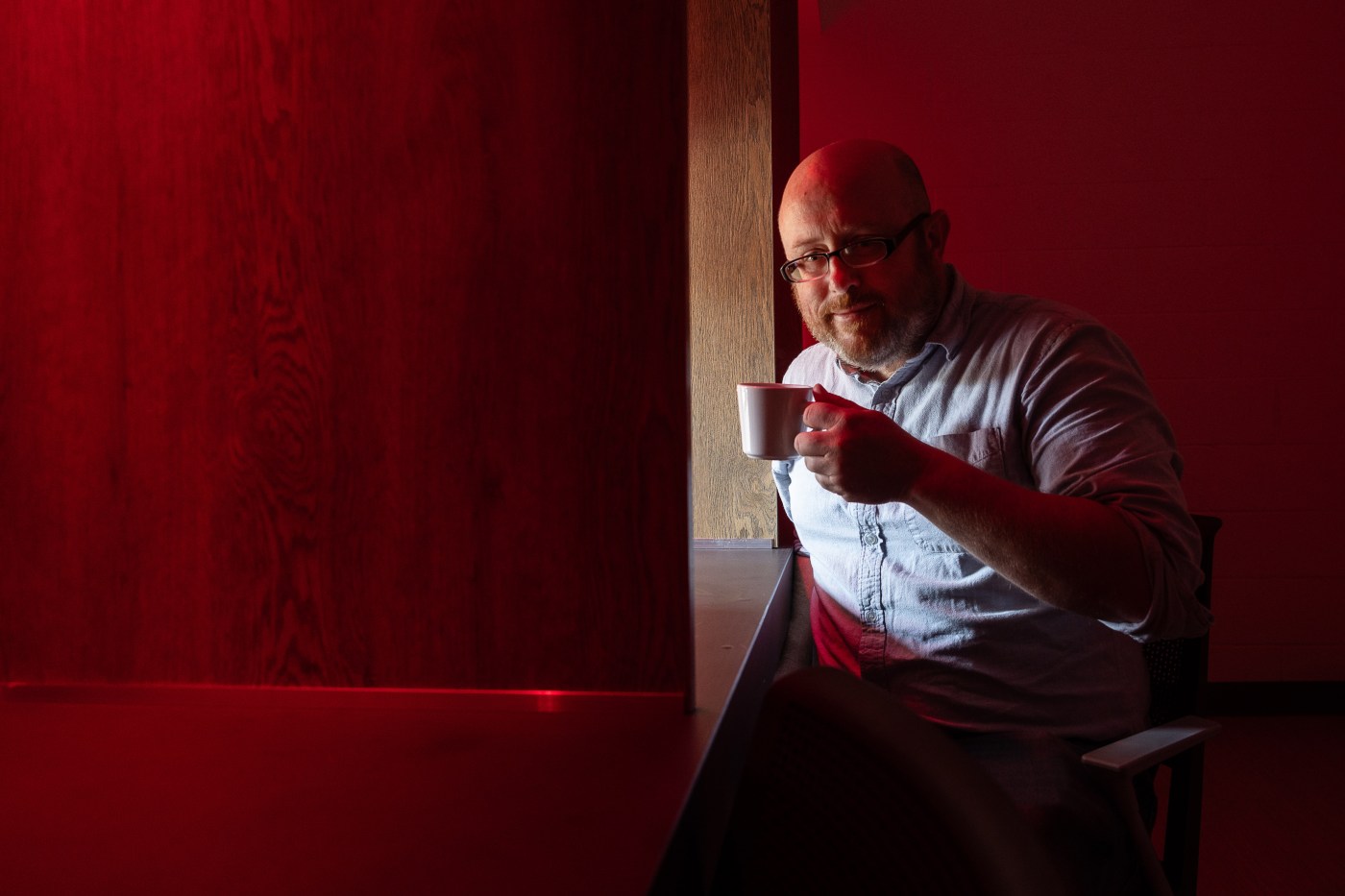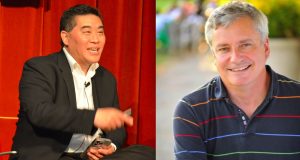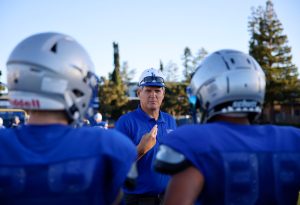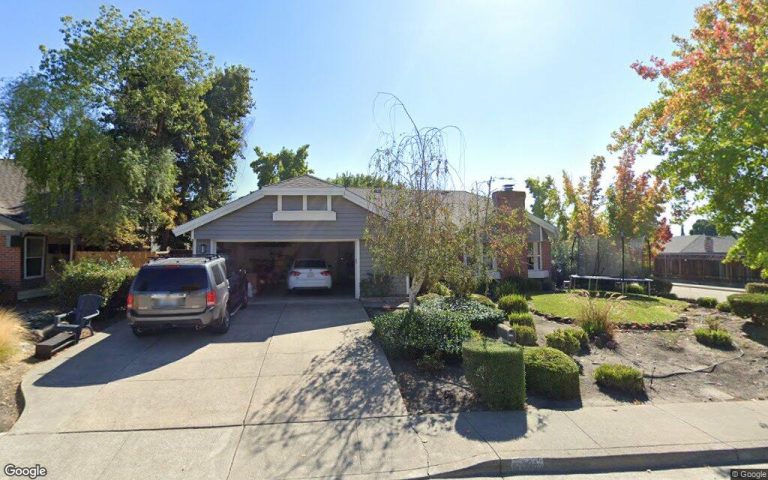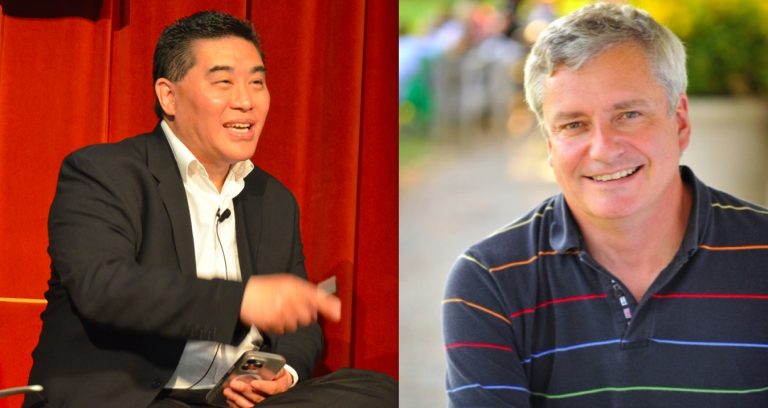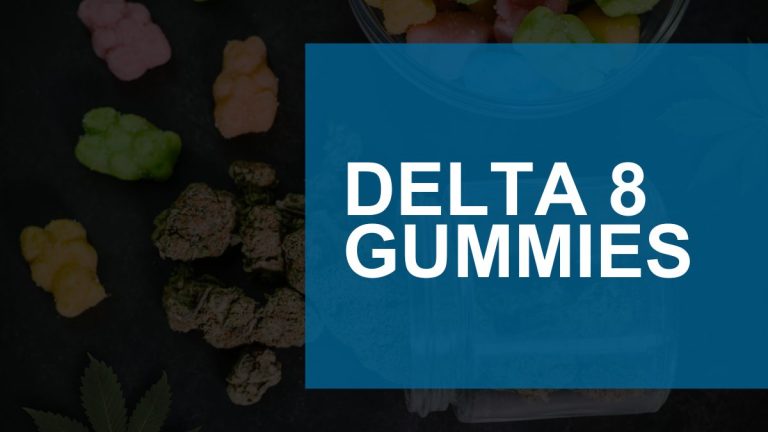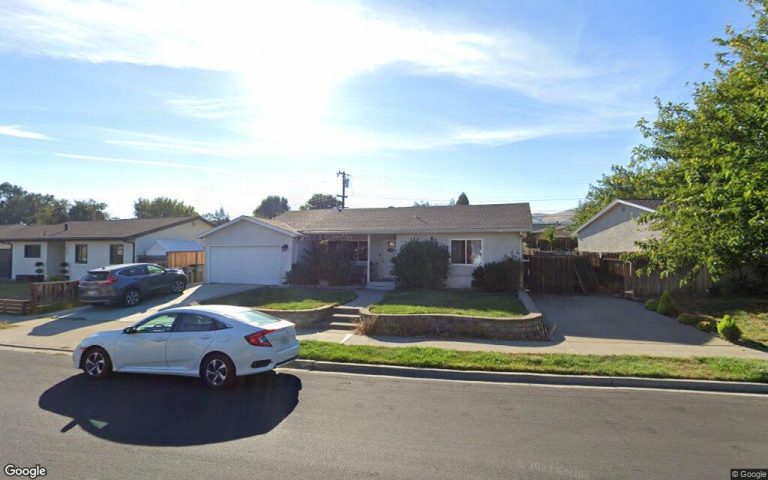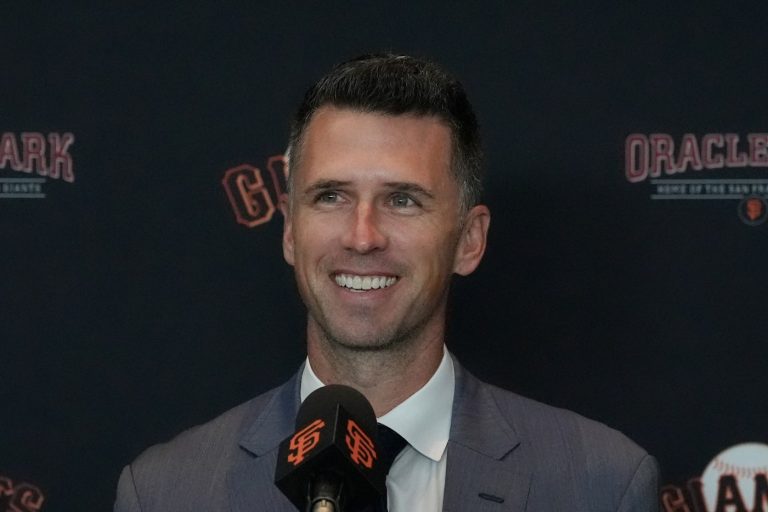Coffee – it gives us energy, facilitates conversation and accounts for more than $200 billion in global revenue. But do we truly understand it?
Related Articles
From garlic to chocolate: Brewing and tasting unusual craft beer trends
Oakland gets a new cocktail bar by way of Ethiopia and Eritrea
4 refreshing Margarita-style cocktails to make this summer
Beyoncé launches SirDavis Whisky honoring her ‘moonshine man’ great-grandfather
Google reveals latest plans for downtown San Jose village
Hardly, says Bill Ristenpart. “There are so many unanswered questions about coffee,” he says. “Because of the lack of academic investment, there are a lot of fundamental things that are not well understood to this day.”
Ristenpart should know. He and colleague Tonya Kuhl are directors of the Coffee Center at UC Davis, the only physical institute devoted to coffee research and education in America. Opened this spring, the center includes a pilot roastery, brewing and espresso lab, green bean storage and a sensory-and-cupping workshop – everything you need for advanced coffee experimentation under one roof.
How do you precisely roast beans? What to do with coffee’s waste byproducts? The Coffee Center is designed to test such questions, as well as prepare new generations for rewarding jobs in the field of java.
Bill Ristenpart, director of UC Davis’ new Coffee Center, shows off a handful of green coffee beans, Wednesday, July 24, 2024, in Davis, Calif. (Karl Mondon/ Bay Area News Group)
“If you want to run a winery, there are a few universities in the state where you can go recruit people from, UC Davis being one of them,” says Ristenpart. “But the coffee industry, which is even bigger than wine, traditionally has not had ready-to-recruit people who have knowledge of coffee to come work in R&D or product development.”
Related Articles
From garlic to chocolate: Brewing and tasting unusual craft beer trends
Oakland gets a new cocktail bar by way of Ethiopia and Eritrea
4 refreshing Margarita-style cocktails to make this summer
Beyoncé launches SirDavis Whisky honoring her ‘moonshine man’ great-grandfather
Google reveals latest plans for downtown San Jose village
Between running tests, teaching chemical engineering and sipping black coffee, Ristenpart took time to chat about this groundbreaking research center.
Q: So the idea for the Coffee Center sort of originated from a course you teach?
A: My colleague and I developed an undergraduate class called The Design of Coffee. Students get to roast coffee and measure the pH and taste it. The course culminates in an engineering design contest where they have to make one liter of the best-tasting coffee, as judged by a blind panel, using the least amount of electrical energy.
The course went from 16 students in 2013 to 2,091 students this past academic year — it’s now the most popular course at UC Davis. When just by random luck a whole building on campus became available, the timing was perfect, because the class had exploded in popularity. The administration said, “If you can raise the funding to renovate it, you can have the building for a coffee center.”
Q: Is everyone at the center just slamming coffee all the time, getting wired?
A: We’re all jittery and our hands are shaking, yeah. No – not really. But I do drink a lot of coffee. I like to joke they made me director of the Coffee Center because I drink the most on campus.
Q: You’ve called coffee arguably the most important beverage on the planet. Why is that?
A: It’s certainly consumed a lot. (Ed: Coffee is ranked among the world’s most-consumed beverages, next to water and tea.) If you just look at the size of the economy, it matters a lot – there are a lot of jobs provided through coffee. And of course, companies are all powered by coffee – it really provides a lot of energy, so to speak, for the entire economy.
Bill Ristenpart, director of UC Davis’ new Coffee Center, watches as Laudia Anokye-Bempah, a Ph.D. student in biological systems, loads a coffee roaster, Wednesday, July 24, 2024, in Davis, Calif. (Karl Mondon/ Bay Area News Group)
Q: What are some of the unsolved questions you’re investigating?
A: The chemistry that occurs during roasting is hideously complicated. There are these series of complicated reactions in parallel that have a huge impact on the concentrations of more than a thousand different molecules identified as contributing to the flavor and aroma of coffee. But the precise details of how to change a specific roast profile – temperature versus time in the roaster – right now is rules of thumb and trial and error, not a fundamental, mechanistic understanding.
Q: And you’re looking at sustainability, as well, when it comes to cascara (the fruit surrounding the coffee bean)?
A: It’s kind of amazing, when you think about it: A coffee farm plants coffee trees that take about three years before producing any fruit. They water and fertilize and prune and maintain them and laboriously harvest them, and the very first thing they do is take all the coffee cherries, strip off the fruit – which is about half the mass – and throw it away. Responsible guys compost it, and the irresponsible guys just throw it into the nearest river and let it float away, which causes terrible problems.
What we’re doing, with collaboration with (researchers in) Santa Barbara, is extracting flavor molecules and sugar and caffeine from fresh cascara. We’ve made a killer cascara syrup, where we just add a little sugar and a little lemon juice to balance the pH, and it tastes phenomenal. It’s amazing on blueberry pancakes. If you like cocktails, it tastes really good in daiquiris. And what’s really cool is it’s super-caffeinated. I drink a lot of coffee and can have a couple of shots of espresso, no problem. But I drink a tablespoon of the syrup and, man, I’m jittery, I’m wired.
Q: Neat. Any other real-world applications the center has pioneered?
A: There’s a whole spin-off tech company from the Coffee Center. I had two computer-science majors who were both Q certified – Q certification is like being the sommeliers of the coffee world. It’s the most rigorous training, and there are only about 500 in the United States. They wrote software to quantify roast score – how brown the coffee is, which people in the coffee industry care about a lot – using the camera on your cellphone. They got seed funding, and are now at RoastPic.com.
Laudia Anokye-Bempah, a Ph.D. student in biological systems, works in the analysis lab at the UC Davis Coffee Center, Wednesday, July 24, 2024, in Davis, Calif. (Karl Mondon/ Bay Area News Group)
Q: What will be the coffee trends of the future?
A: A very obvious one that’s already on a lot of people’s radar is cold brew exploding. Last year, Starbucks said 75 percent of their drinks sold in North America were cold rather than hot. I can certainly see that among the students here – when they show up in lecture, most of the time they have some kind of cold beverage, a Frappucino-type thing. Drinking hot, black coffee – that’s certainly becoming a minority, at least here on campus.
So I think there’s going to be more innovation in the cold-brew space. We have a lot of research funded right now and are going to do a deep dive into cold brew. We’re looking at chilled hot brew versus true cold brew made with cold water. And there are definitely differences in how it tastes, which is pretty fascinating.
Bill Ristenpart
Age: 47
Position: Founding co-director of the UC Davis Coffee Center
Education: B.S. UC Davis; Ph.D. Princeton University; postdoc Harvard University
Residence: Davis
Family: Bill lives with his wife Emily, two teenagers and one cat
Five things about Bill
1. He grew up in Concord, Calif.
2. His coffee travels have taken him to Copenhagen, Australia, Indonesia, Korea and soon China.
3. His current java of choice is Bridge Coffee, located in Marysville in one of the oldest buildings in California.
4. He also researches things like the “shear-induced deformation of red blood cells” and the “turbulent dispersion of airborne pathogens.”
5. He’s passionate about cocktails and enjoys a Boulevardier made with whiskey, vermouth and Campari.
